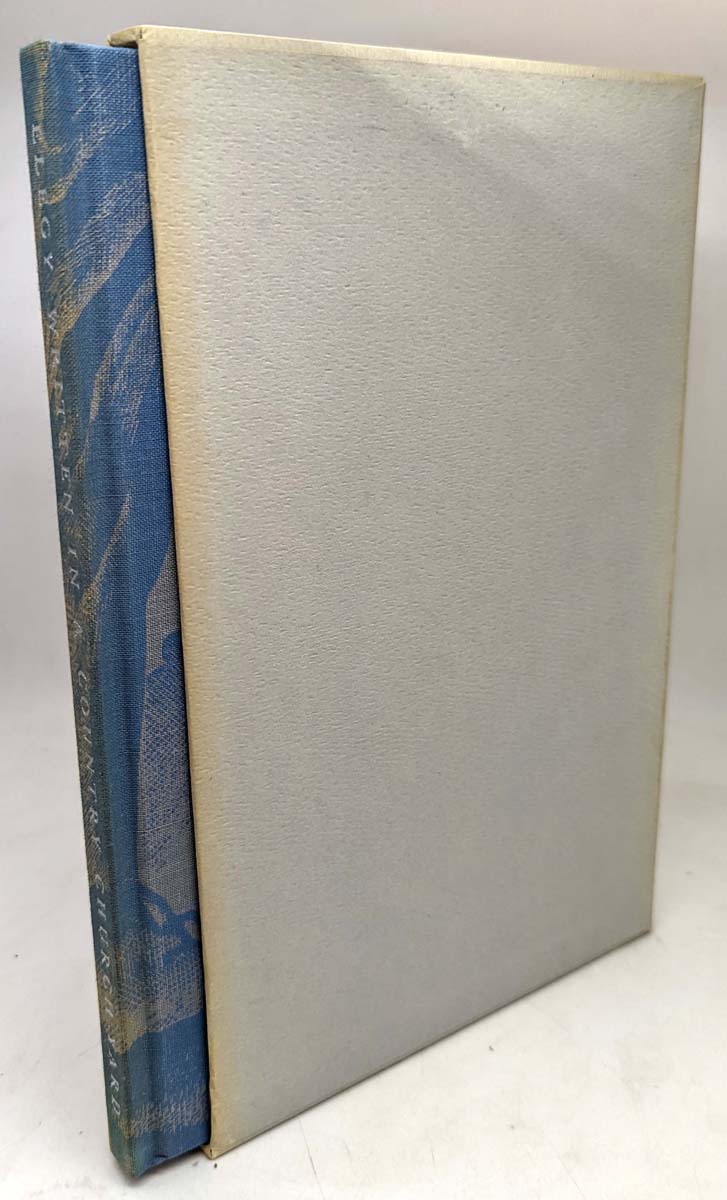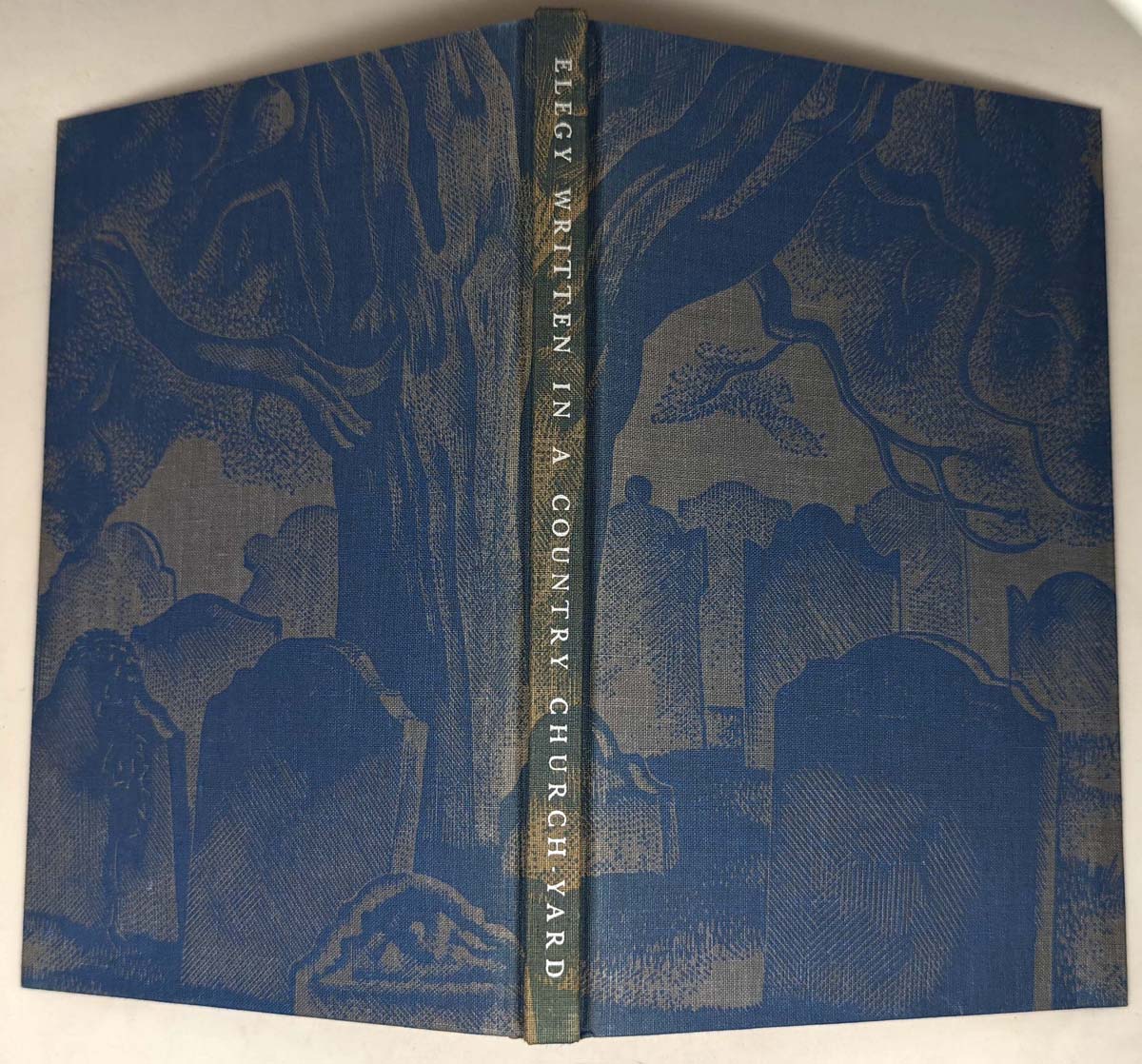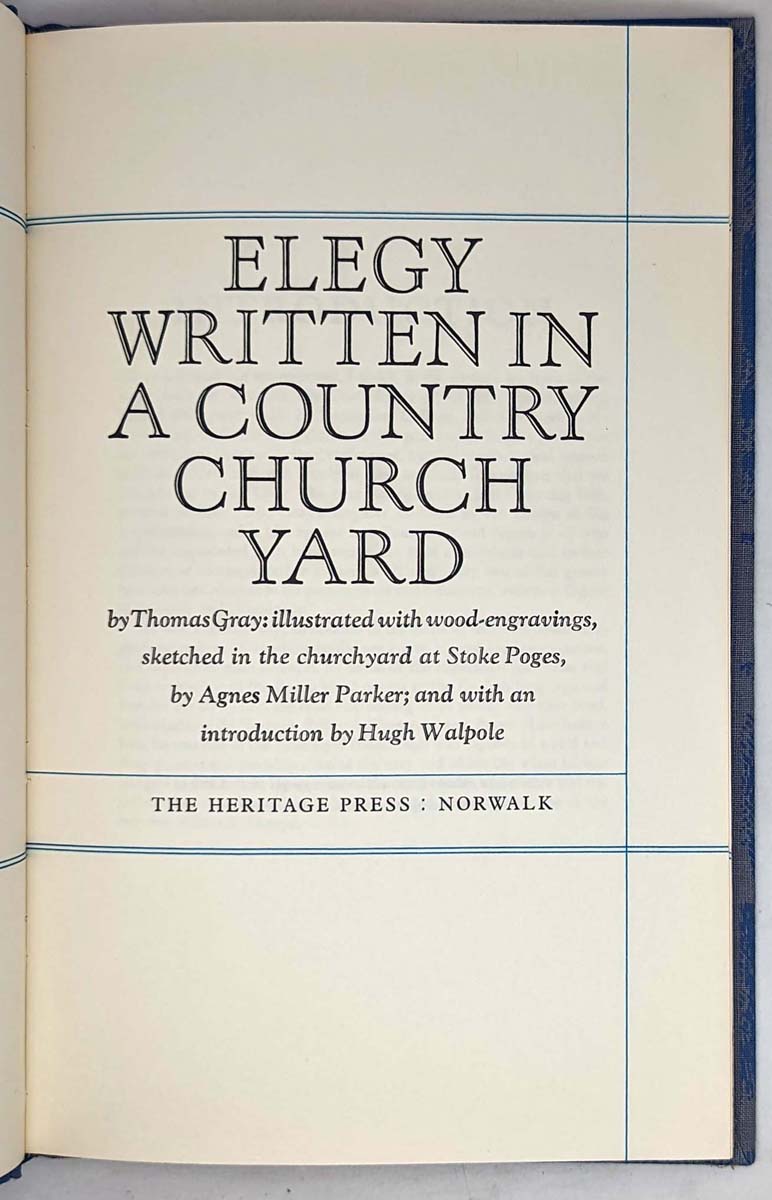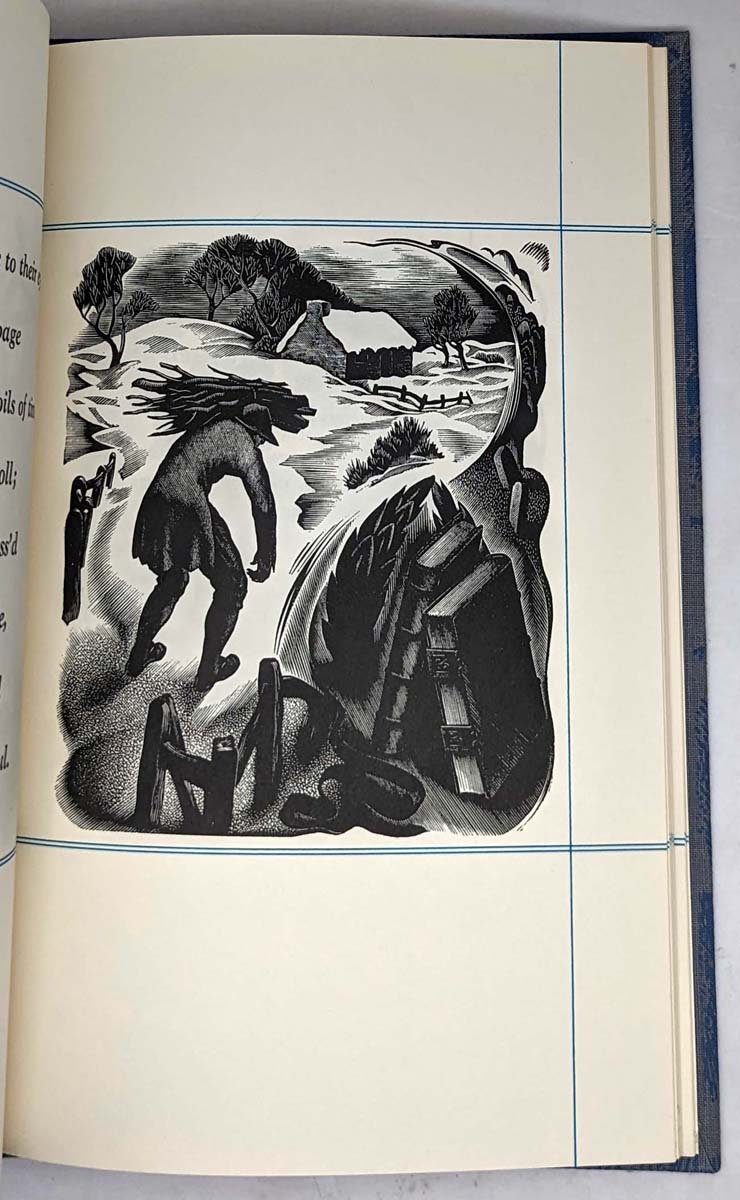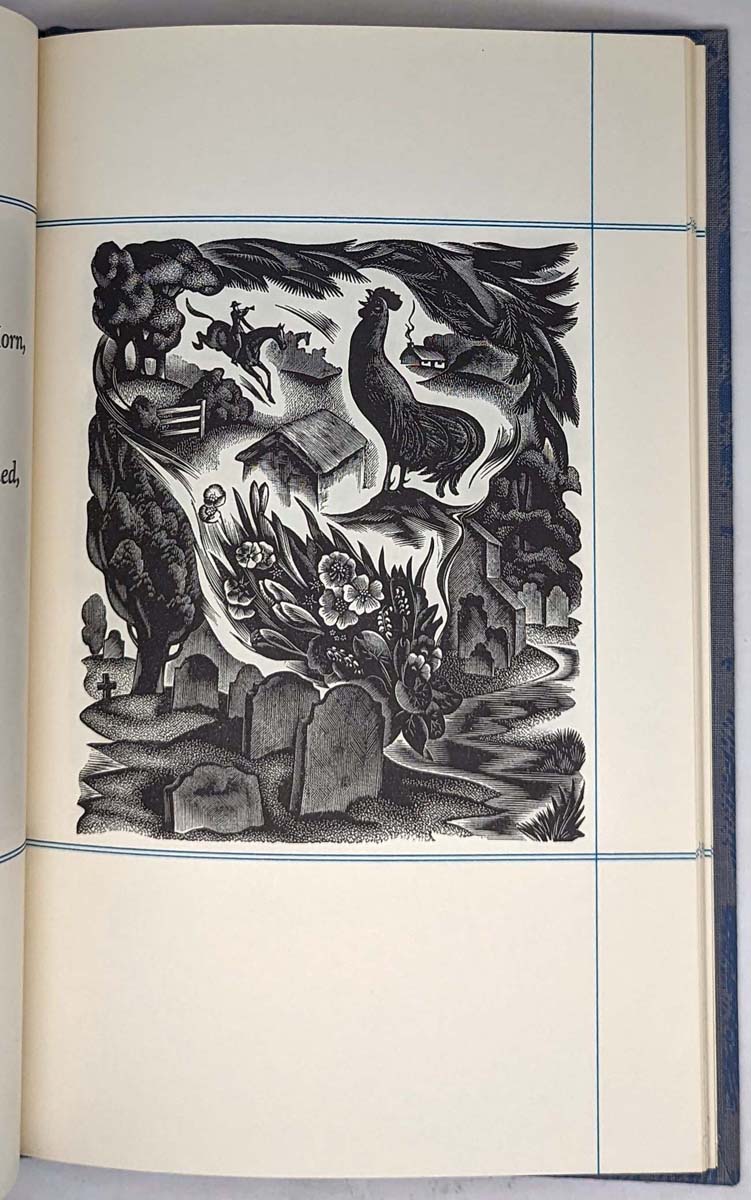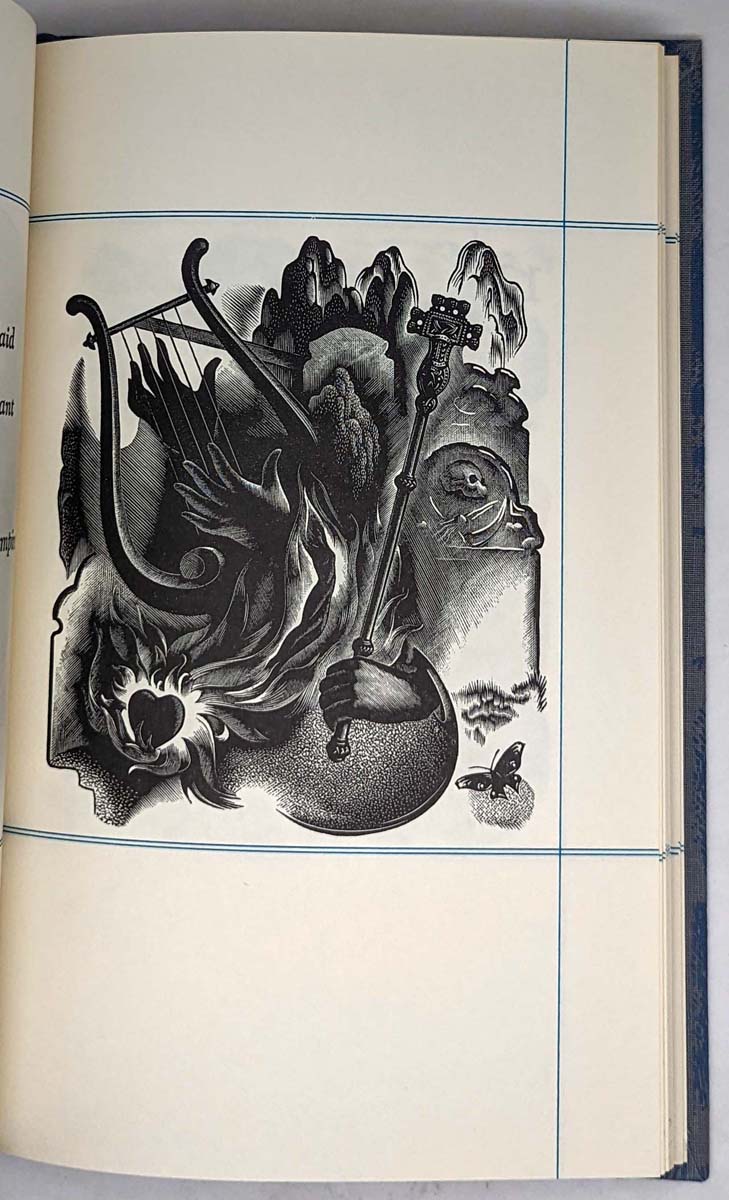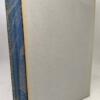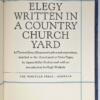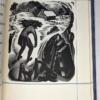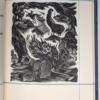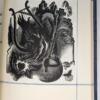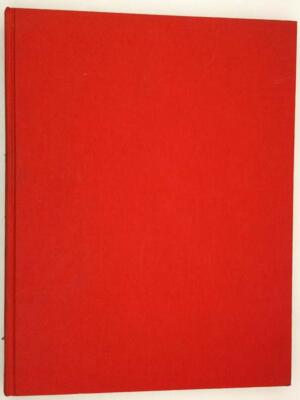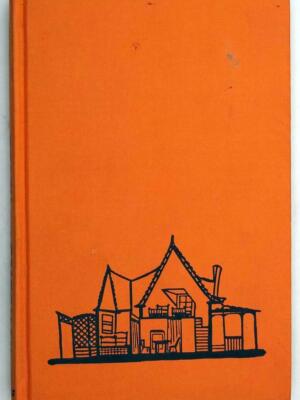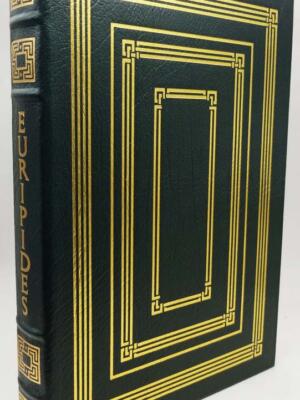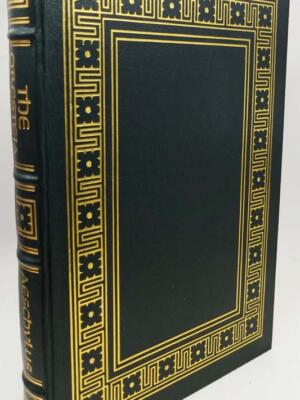Elegy Written in a Country Churchyard (1979 Heritage Press edition), illustrated by Agnes Miller Parker, is a handsomely produced volume that marries Thomas Gray’s timeless 1751 poem with Parker’s striking wood engravings. This edition, published by the Heritage Press, presents Gray’s reflective elegy—a poignant meditation on mortality, humility, and the uncelebrated lives of rural villagers—alongside Parker’s evocative artwork, which captures the poem’s solemn beauty through bold contrasts and intricate detail.
Parker’s illustrations, rendered in her signature woodcut style, depict the quiet English churchyard of Gray’s verse, with its weathered tombstones, shadowy trees, and pastoral scenes of laborers at dusk. Her imagery amplifies the poem’s themes of equality in death (“The paths of glory lead but to the grave”) and the overlooked potential of the poor (“Some mute inglorious Milton here may rest”). The book’s design reflects the Heritage Press’s commitment to quality, featuring heavy, acid-free paper, a dignified typeface, and a sturdy slipcase adorned with one of Parker’s haunting landscapes.
A supplementary essay contextualizes Gray’s work within the 18th-century transition from Neoclassicism to Romanticism, highlighting its influence on later poets like Wordsworth and its enduring resonance as a democratic ode to common humanity.
For collectors of fine press poetry, this edition stands alongside Heritage’s Songs of Innocence and Experience (with Blake’s engravings) or Leaves of Grass (illustrated by Rockwell Kent) as a testament to the art of the book.
(Fun fact: Gray’s Elegy was inspired by the churchyard in Stoke Poges, where he often walked—today, a monument there bears lines from the poem, and Gray himself is buried nearby.)
